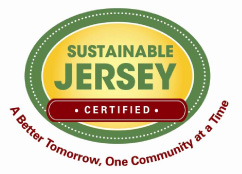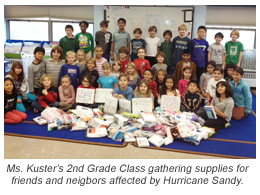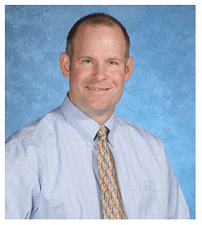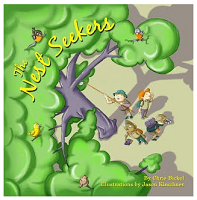Edgemont Montessori Elementary School Awarded Eco-Schools USA Bronze Award
/Repost from: http://baristanet.com/2015/02/edgemont-montessori-elementary-school-awarded-eco-schools-usa-bronze-award
Original Post Date: February 2015
 Students, staff, and parents at the Edgemont Montessori School in Montclair are playing their part in reducing waste pollution, protecting trees, and producing less toxic chemical emissions. The school was recently awarded the Bronze Award by the National Wildlife Federation’s Eco-Schools USA Program. This international program recognizes and provides free resources to schools integrating sustainability into the curriculum and on school grounds. Through the Eco-Schools program, schools select from 10 environmental focus areas or pathways to work on such as energy efficiency, biodiversity, and sustainable foods. This free and voluntary program has been gaining popularity in the Garden State with 122 schools registered throughout New Jersey.
Students, staff, and parents at the Edgemont Montessori School in Montclair are playing their part in reducing waste pollution, protecting trees, and producing less toxic chemical emissions. The school was recently awarded the Bronze Award by the National Wildlife Federation’s Eco-Schools USA Program. This international program recognizes and provides free resources to schools integrating sustainability into the curriculum and on school grounds. Through the Eco-Schools program, schools select from 10 environmental focus areas or pathways to work on such as energy efficiency, biodiversity, and sustainable foods. This free and voluntary program has been gaining popularity in the Garden State with 122 schools registered throughout New Jersey.
Edgemont Principal Cheryl Hopper says “This award reinforces Edgemont’s commitment to not just teaching our students about the environment and its sustainability, but also living out those lessons in the children’s time both in and outside school. It is testament to our staff, students, and families, all of who have created inside Edgemont a culture of awareness and compassion for the broader world.”
To win the Bronze Award schools must establish an “Eco-Action Team”, conduct an environmental audit, develop and monitor an Eco-Action plan and include the community. Edgemont did just that with students having fun along the way. Starting in the fall of 2013 and continued again in the fall of 2014 the school began work on Eco-School’s consumption and waste pathway, kicking off their program with school-wide education and Recycling Right Challenge contest. The winning classes were invited to zero-waste parties and other prizes were awarded.
“We are excited by what this means for the school and the environment and the students’ sense of environmental stewardship. “says Gloria Lepari, Eco-Action Team Co-Chair and teacher. Suzanne Aptman, Eco-Action Co-Chair and parent explains “It was powerful to see the school come together with such focus and enthusiasm. We have a new waste-reducing program in place. We hope to continually improve it year after year while working on other environmental focus areas.”
Edgemont’s efforts resulted in an increase in classroom recycling rates and reduced cafeteria trash from 3 bins per day on average to 2 bins per day on average. That translates to roughly 20 bins of trash per month that is diverted from the Newark Incinerator and is no longer an additional source of pollution. Edgemont students took special care with plastic bottle caps which create an additional challenge to wildlife in our waterways who mistake plastic pieces for food. Students collected close to 1,000 caps between January and September and have plans to upcycle those caps.
“The Edgemont Montessori School community should be proud of what they have accomplished with the Eco-Schools USA program in such a short period of time. Students can see the impact that they are making with their efforts and that makes the learning so much more meaningful.” says Jennifer Dowd, Eco-Schools NJ Coordinator, New Jersey Audubon.
Edgemont has also started to incorporate waste-free procedures into the school events, especially their big annual fundraiser “Green Eggs and Ham”. About 150 gallons of non-recycled trash was delivered, by committed parents, to a local commercial composting facility after the event.
The school looks forward to setting new goals around waste reduction while focusing on additional Eco-School pathways. Edgemont is also certified as a Backyard Wildlife Habitat with National Wildlife Federation and just this year was recognized as a Monarch Butterfly Way Station for a newly established butterfly garden and efforts to educate the students around pollinator protection.
There are nine other Eco-Schools in Essex County including Miller Street Elementary School, East Side High School, Greater Newark Charter School, H.B. Whitehorne Middle School, Maria L. Varisco Rogers Charter School, Millburn Middle School, Montclair Kimberly Academy, Philips Academy Charter School, and Watchung School.






